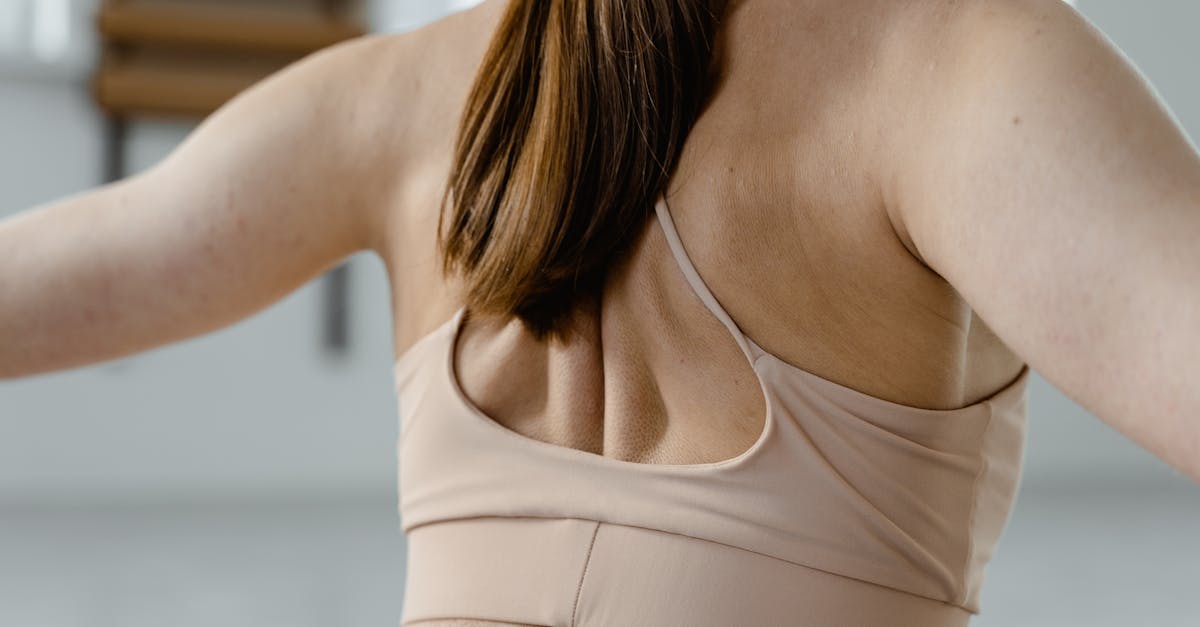
Understanding Spondylolisthesis: Causes, Symptoms, and Safe Self-Care in 2025
Spondylolisthesis is a spinal condition that occurs when one of the bones in your spine, called a vertebra, slips out of place onto the bone below it. This slippage can cause back pain and sometimes nerve-related symptoms like sciatica. If you’ve been experiencing lower back discomfort, you might wonder if spondylolisthesis could be the cause and how to manage it safely before seeing a healthcare provider.
In this article, we’ll explain what spondylolisthesis is, the common causes and symptoms, and practical steps you can take at home for relief. We’ll also touch on when it’s important to seek professional care and explore gentle exercises and lifestyle tips to support your recovery.
What Causes Spondylolisthesis? A Simple Look at Spine Anatomy
Your spine is made up of individual vertebrae stacked in a column. Spondylolisthesis happens when one vertebra slips forward in relation to the vertebra below it. This slipping can result from:
- Degeneration: Age-related wear and tear can weaken the facet joints and discs, especially in the lower back.
- Stress fractures: Small cracks in the vertebrae, often due to repetitive strain or injury, can contribute.
- Congenital factors: Some people are born with a spinal defect that makes slippage more likely.
The lumbar spine (lower back) is most commonly affected, which may cause symptoms like lumbar sciatica—a sharp, radiating nerve pain down the leg. Sometimes, the slipping can narrow the spinal canal, leading to spinal canal stenosis, worsening discomfort.
Recognizing Symptoms and Risk Factors
Spondylolisthesis symptoms vary based on severity. Common signs include:
- Lower back pain that varies with activity.
- Leg pain or numbness due to nerve irritation.
- Stiffness and difficulty with movement.
- Feeling of muscle tightness or spasms around the spine, sometimes caused by paraspinal muscle strain or myofascial trigger points.
Risk factors include aging, previous back injuries, repetitive physical activities, and poor posture.
Safe At-Home Relief: Modifying Activity and Using Heat or Ice
Before seeing a clinician, there are several gentle self-care steps you can take to reduce pain:
- Activity modification: Avoid heavy lifting, excessive bending, or high-impact exercises that worsen pain.
- Heat and ice packs: Apply ice during flare-ups to reduce inflammation, and heat to relax tight muscles.
- Gentle mobility: Light walking can help maintain flexibility.
These approaches can ease discomfort allowing you to engage better in recovery-focused exercises.
Evidence-Based Exercises for Back Support
Once pain is controlled, gentle exercises can promote healing. Consider guided movements such as:
- McKenzie extension exercises: These movements can help reduce nerve pressure in some types of spondylolisthesis and related conditions.
- Chin tuck exercises: Strengthen neck posture and support.
- Core stabilization: Gentle core exercises provide better spine support.
- Thoracic extensions: Improve mid-back mobility crucial for overall spinal health.
Always start slowly and avoid any exercise that increases pain. Working with a physical therapist can tailor these safely for you. Modern options include tele-PT, which allows guided sessions remotely.
Improving Posture and Ergonomics
Proper posture is key for minimizing stress on the spine. Tips include:
- Desk setup: Ensure your workstation supports a neutral spine position.
- Lifting mechanics: Bend at the hips and knees, not the back, when lifting objects.
Implementing ergonomic changes can prevent aggravation of spondylolisthesis symptoms and other spinal conditions.
When to Seek Professional Care
While at-home care can help mild cases, certain “red flag” symptoms require urgent medical evaluation:
- Sudden numbness or weakness in the legs.
- Loss of bladder or bowel control.
- Severe trauma to the back.
- Symptoms accompanied by fever or unexplained weight loss.
Clinical assessment may include imaging studies or referral to specialists. Treatments might involve physical therapy, chiropractic care, or in rare cases, minimally invasive surgery.
Lifestyle Tips for Prevention and Wellness
Adopting spine-friendly habits helps reduce risk and supports recovery:
- Sleep on a supportive surface that maintains spinal alignment.
- Engage in regular low-impact walking programs to maintain mobility.
- Manage stress through relaxation techniques to reduce muscle tension.
These practical strategies complement targeted exercise and help maintain a healthy back.
Summary: What You Can Do Today to Support Your Spine
Spondylolisthesis can be challenging, but understanding its causes and symptoms empowers you to take practical steps. Begin with gentle self-care, avoid strain, and incorporate proven exercises like physical therapy for back pain. Pay attention to posture and seek professional help if symptoms persist or worsen. For more guidance on spine health, explore our other resources designed to help you live comfortably and pain-free.
Frequently Asked Questions
- What is the best way to relieve pain from spondylolisthesis at home?
- Gentle activity modification, applying heat or ice packs, and starting light exercises like McKenzie extension movements can help manage pain safely at home.
- Can spondylolisthesis cause sciatica?
- Yes, when the slipped vertebra irritates nearby nerves in the lumbar region, it can lead to lumbar sciatica—a sharp, shooting pain that travels down the leg.
- When should I see a doctor for spondylolisthesis?
- If you experience worsening pain, weakness, numbness, or loss of bladder or bowel control, seek medical evaluation promptly.
- Are exercises safe for people with spondylolisthesis?
- Yes, when performed carefully and under guidance, exercises such as core stabilization and McKenzie extensions can improve symptoms and support recovery.
- How does posture affect spondylolisthesis symptoms?
- Poor posture can increase spinal stress and aggravate symptoms. Improving ergonomics helps reduce pain and supports spinal alignment.
Medical disclaimer: This article is for informational purposes only and is not a substitute for professional medical advice, diagnosis, or treatment.